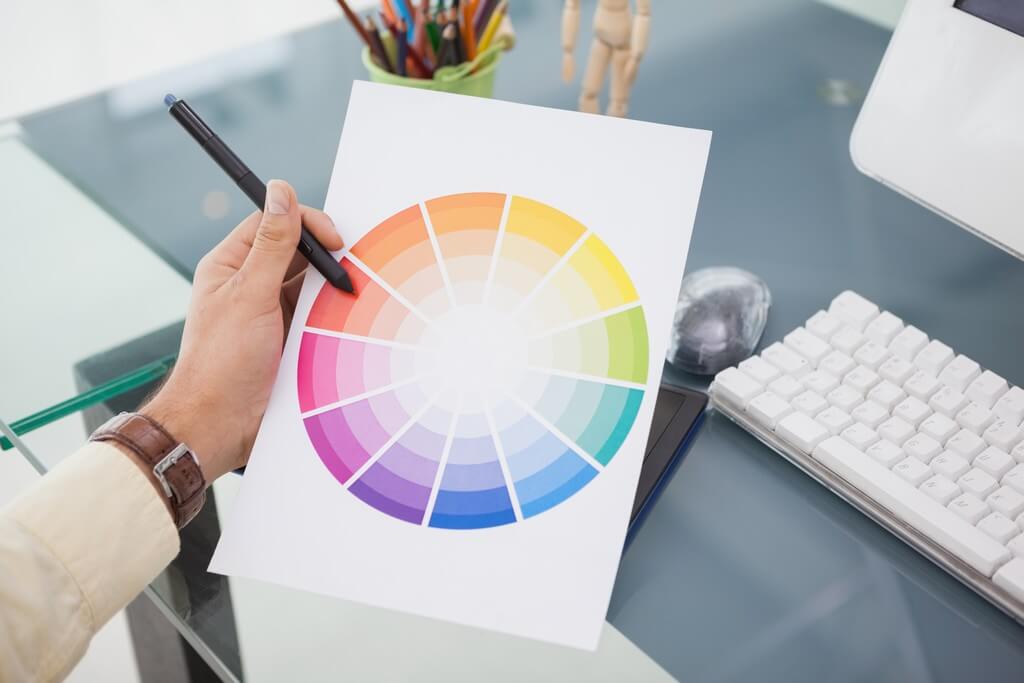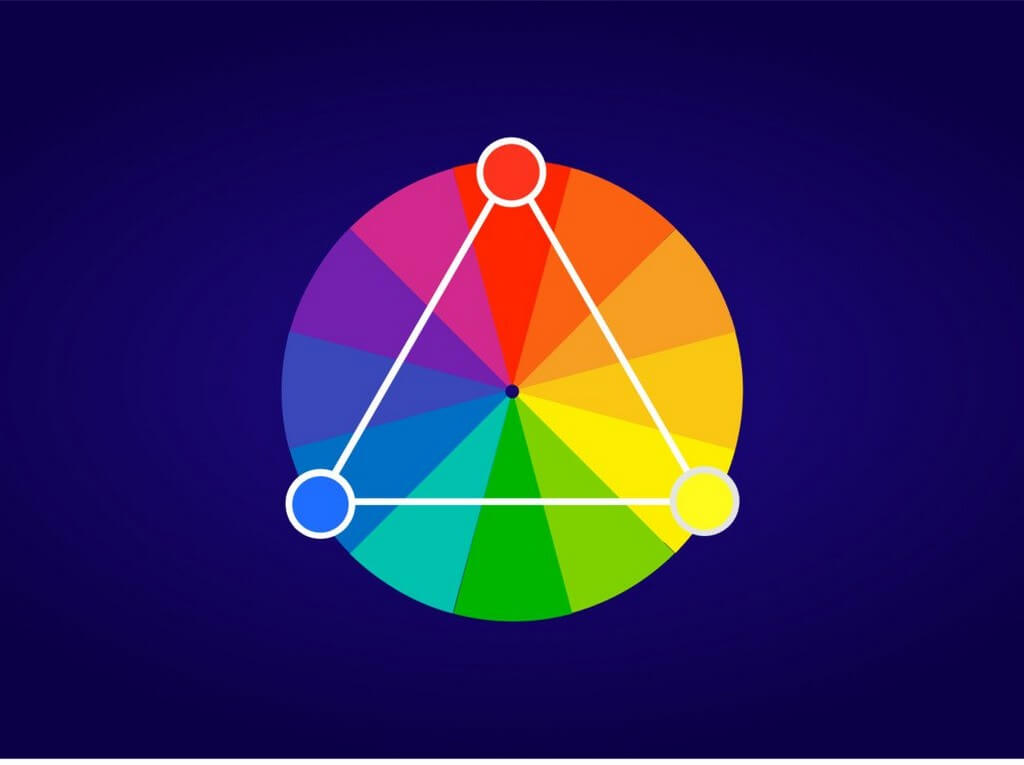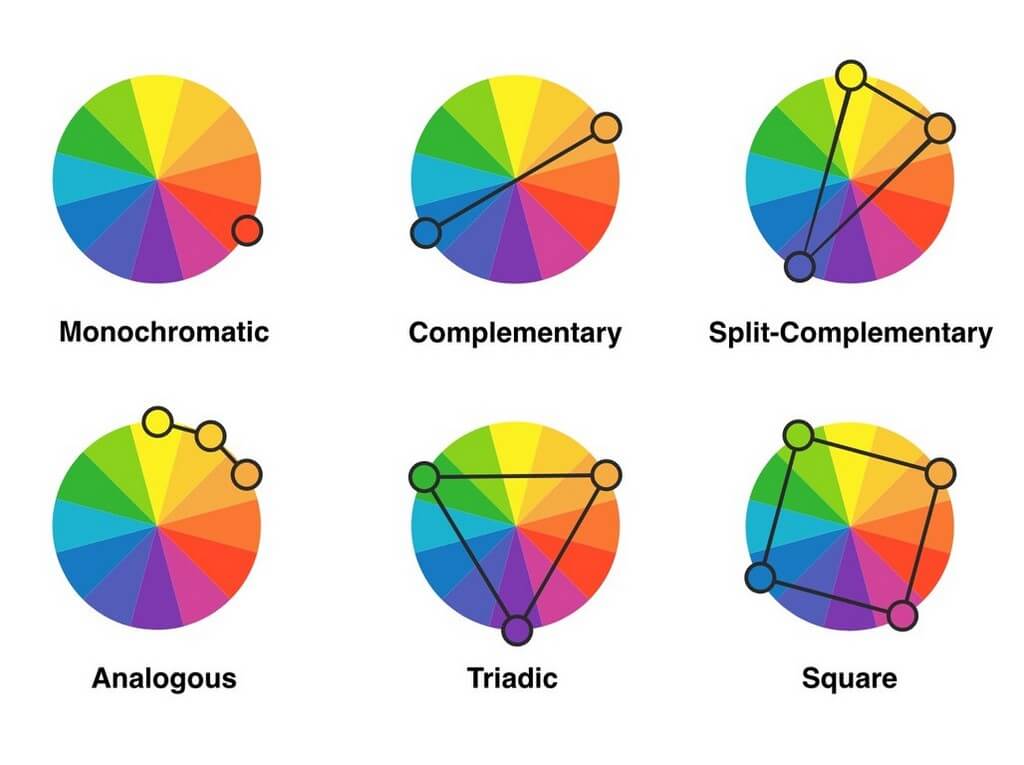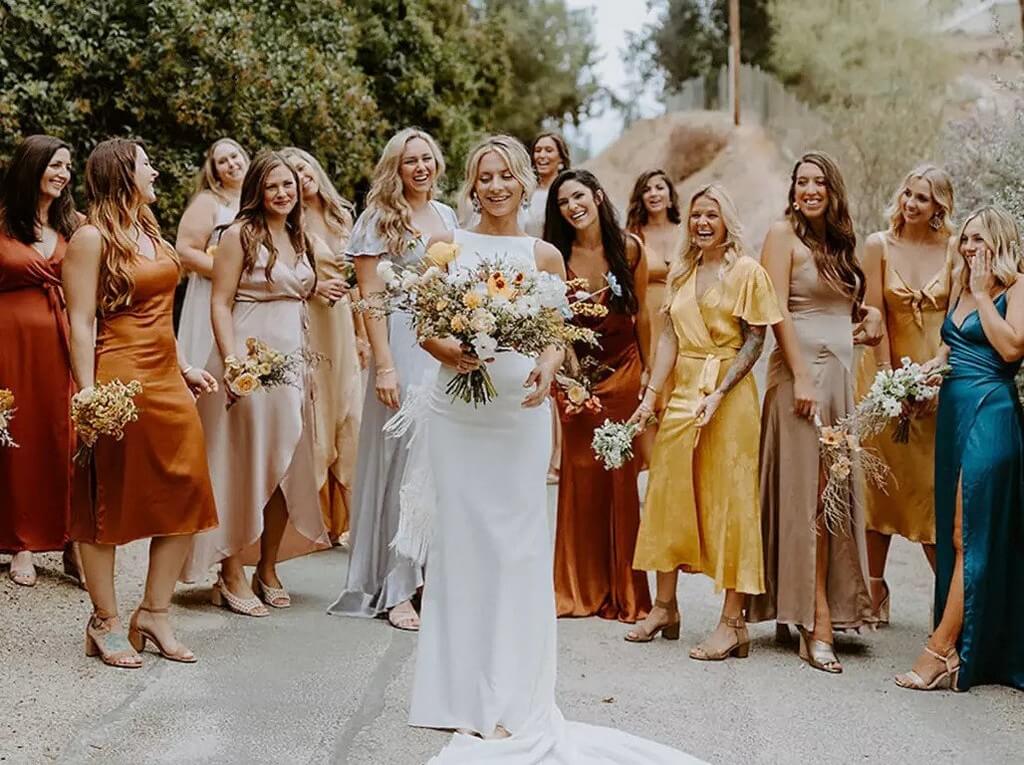Color Theory: Color Schemes, Combinations, And More!
25/01/2022 2023-10-30 18:00Color Theory: Color Schemes, Combinations, And More!
Color Theory is defined as the collection of rules dn guides that assist designers in communicating their visual ideas. In simple words, it can be called the language of design.
What Is a Color Wheel?
 A color wheel is a circle illustration that illustrates the connections between different colors. Sir Isaac Newton developed the first color wheel in his 1704 book Opticks. Newton created an asymmetrical color wheel with seven colors — red, orange, unheroic, green, blue, indigo, and violet. In 1810, Johann Wolfgang von Goethe developed a symmetrical color wheel with just six colors ( barring indigo) that’s analogous to the bone we generally use moment. Artists and fashion contrivers use color bus to produce color schemes that produce a asked cultural effect.
A color wheel is a circle illustration that illustrates the connections between different colors. Sir Isaac Newton developed the first color wheel in his 1704 book Opticks. Newton created an asymmetrical color wheel with seven colors — red, orange, unheroic, green, blue, indigo, and violet. In 1810, Johann Wolfgang von Goethe developed a symmetrical color wheel with just six colors ( barring indigo) that’s analogous to the bone we generally use moment. Artists and fashion contrivers use color bus to produce color schemes that produce a asked cultural effect.
What Are Primary, Secondary, and Tertiary Colors?

The color wheel is anchored by three primary colors that form a triple color scheme. In the traditional RYB color model, these primary colors are red, yellow, and blue. You can mix the primary colors to form secondary colors green, orange, and grandiloquent. Mixing a primary color with a secondary color results in a tertiary color magenta ( red-purple), vermillion (red-orange), amber ( yellow-orange), chartreuse ( yellow-green), teal ( blue-green), and violet (blue-purple).
What Is Color Theory?

Color theory is a set of guidelines for mixing, combining, and manipulating colors. Color theory includes ideas like:
Color harmony: Color harmony describes color pairings that are visually pleasing and give a sense of visual order. Color schemes grounded on reciprocal and similar colors are generally perceived as harmonious. But, since humans respond to colors depending on particular preferences and life guesstimates, there are no widely “ right” colors for achieving harmony.
Color temperature: Color temperature deals with breaking colors down into warm colors (associated with sunset and daylight) and cool colors (associated with overcast light). Experimenting with combinations of warm and cool colors can help you mix colors to achieve a particular effect.
Color context: Colors appear to bear else when viewed in different surrounds. For case, a gravel orange may feel dull and restrained when placed beside a pictorial yellow, but when paired with a dark purple, the orange suddenly seems important brighter.
How to Match Clothes Using the Color Wheel

Apply an understanding of introductory color proposition to blend and match outfits from your wardrobe.
Start with similar colors. Similar colors are coming to each other on the color wheel and partake a common tinge. When incorporating new colors into your wardrobe, find a color that feels safe to you — for illustration, light blue. On the color wheel, blue cascade between teal and blue-violet.However, add on a teal or blue-violet for a subtle, two- color palette, If you feel comfortable with light blue.
Grasp reciprocal colors. Reciprocal colors are contrary each other on the color wheel and can make for a beautiful power clash Suppose fuchsia and chartreuse, or burgundy and timber herbage. When you make bold color choices, both colors stand out.
Wear accessories that do n’t “ match.” Unless you are going for a full snap look, do not worry about matching your belt to your handbag and shoes. These lower accessories are actually a great place to experiment with bright colors.
Mix neutral colors. Neutral colors are a great base for working with brighter colors, but they can also work together. Color mixing is not just about bold colors — neutrals like brown, black, cortege blue, and white nearly always pair well, so do not be hysterical to wear black pants with brown shoes.
Wear denim as a neutral color. Consider denim a neutral color, meaning you can mix it with any other color ( including blue) and it’ll presumably look great. This also means you can mix denims. The easiest way to do it’s with tones of denim that are analogous to each other but different enough that your look will not be too matchy. Try pairingmid-wash jeans with a light- marshland denim shirt, or dark- marshland jeans with amid-wash denim jacket.
Organize your closet according to the color wheel. Simplify the process of choosing an outfit by organizing your closet by color. Color- coordinating your closet will make it easier to find exactly what you are looking for, and it’ll also help you produce new color combinations. Snare the piece that you want to wear and hold it up next to the other particulars in your closet; you will be suitable to see which color families work best with your main color.
Color theory is thus proven to be a crucial concept in fashion. At JD Institute, the basic concept as well as the advanced ideology of color theory is taught to students through their courses. It is also one of the best colleges for design in Karnataka and has the best faculties in house.













